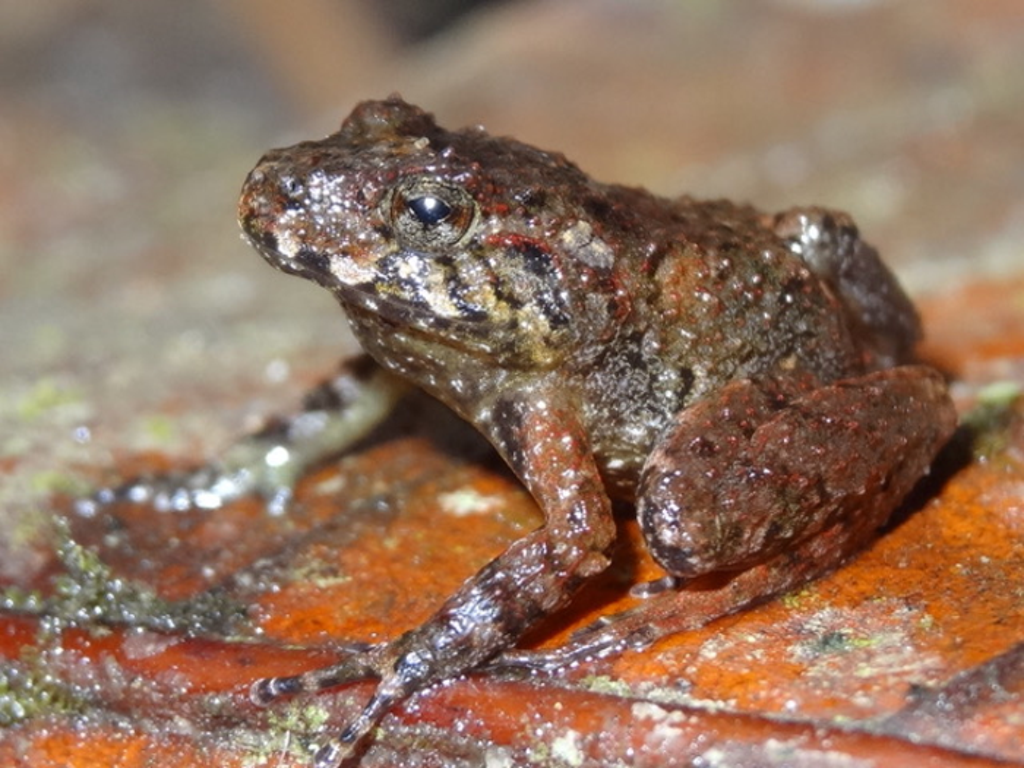Existence of over 500 ‘lost’ animal species remains uncertain, scientists say

There are over 500 “lost” animal species that haven’t been seen by anyone in more than 50 years yet are not yet considered extinct, according to a new study.
The research, published this week in the journal Animal Conservation, provides the first global evaluation of all terrestrial vertebrate species that are missing but not extinct, identifying 562 such species.
In the study, an international team of scientists reviewed information on 32,802 species from the International Union for Conservation of Nature Red List of Threatened Species (IUCN Red List).
Since 1500, a total of 311 terrestrial vertebrate species have been declared extinct, meaning “lost” species outnumber those which have formally been declared extinct.
The IUCN Red List defines a species as extinct “when there is no reasonable doubt the last individual of the species has died”.
But scientists said this can be challenging to verify. As the ongoing global extinction crisis worsens, partly fuelled by climate change, more species with an uncertain conservation status could “go missing”.
Arne Mooers, one of the co-authors of the study from Simon Fraser University in Canada, said 75 of these 562 lost species are “possibly extinct”.
Black-browed babbler, a songbird species endemic to Borneo that went unrecorded for 172 years, before being rediscovered in 2020
(Panji Akbar)
Reptiles lead the way, according to the new study, with 257 species considered lost, followed by 137 species of amphibians, 130 mammals species and 38 species of birds.
Most of the lost animals were last seen in megadiverse countries such as Indonesia (69 species), Mexico (33 species) and Brazil (29 species).
“The fact most of these lost species are found in megadiverse tropical countries is worrying, given such countries are expected to experience the highest numbers of extinction in the coming decades,” said the study’s lead author Tom Martin from the UK’s Paignton Zoo.
“While theoretical estimates of ongoing ‘extinction rates’ are fine and good, looking hard for actual species seems better,” Dr Martin said.
Researchers hoped the findings would help make the lost species a focus in future searches.
They also suggest adjustments to the IUCN Red List classification to allow lost species to be better tracked, including more consistent use of the “Possibly Extinct” marker and better application of the ”last seen date” field.
Scientists said future survey efforts could concentrate on the identified “hotspots” where the existence of particular species remains in question.
They call for more funding to support such hotspot-targeted fieldwork to rediscover lost species or to remove the reasonable doubt that a particular lost species does, in fact, still exist.
For all the latest Science News Click Here
For the latest news and updates, follow us on Google News.

